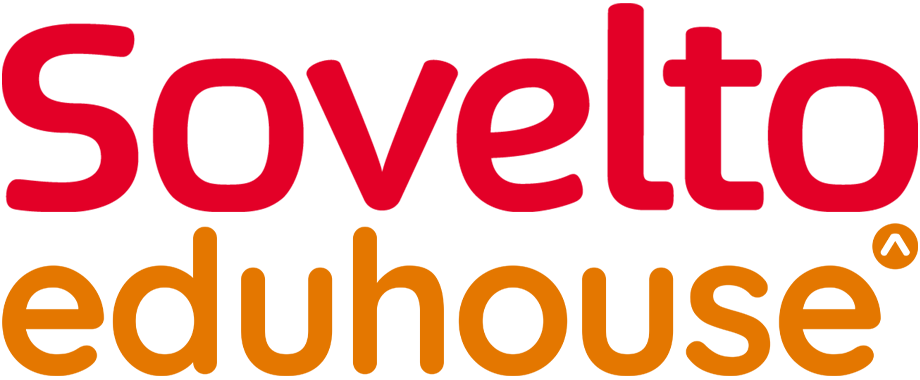Ostoskori on tyhjä.

Sovelto Eduhouse on kumppanisi pilviosaamisen kasvattamiseen. Yli 20 vuotta suomalaisten organisaatioiden osaamista kasvattaneen Sovelton yhdistyminen Eduhouseen tuo saatavillesi entistä kattavammat työkalut tavoitteelliseen pilviosaamisen kehittämiseen!



 English
English